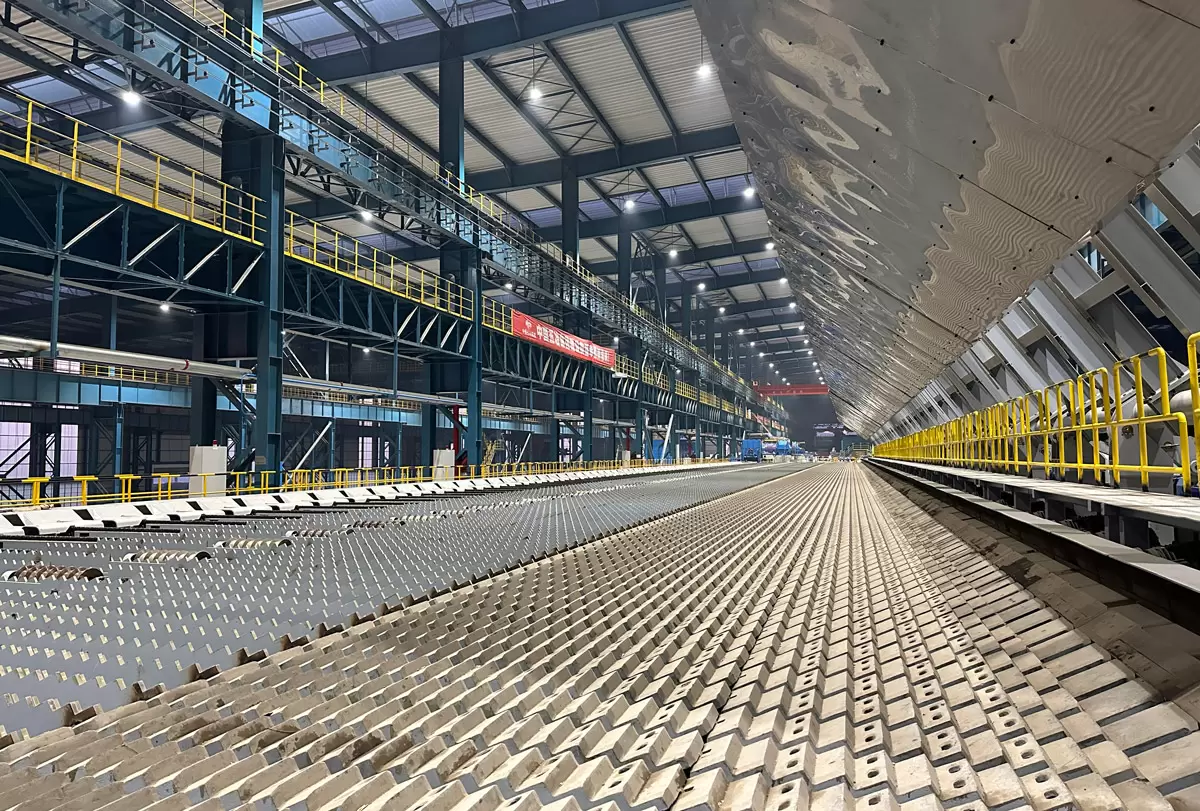
Biodegradable packaging has emerged as a promising solution to address the environmental concerns associated with traditional packaging materials. As the world becomes more conscious of sustainability, businesses are increasingly adopting biodegradable packaging to reduce their ecological footprint. However, this transition is not without its challenges. In this blog post, we will delve into the multifaceted obstacles faced by the biodegradable packaging industry and explore potential solutions.
- Limited Material Options:
One of the primary challenges of biodegradable packaging lies in the limited availability of suitable materials. While there are various biodegradable alternatives, finding materials that meet the specific requirements of different products can be a daunting task. Factors such as durability, flexibility, and compatibility with existing manufacturing processes must be considered. Manufacturers and researchers are continuously striving to develop innovative materials that strike a balance between functionality and sustainability. - Performance and Shelf Life:
Biodegradable packaging materials often face performance limitations compared to their conventional counterparts. Maintaining product integrity, protecting against moisture, and ensuring adequate shelf life are crucial considerations. Balancing the need for biodegradability with the functional requirements of packaging can be a delicate trade-off. Developing biodegradable materials that offer comparable performance to traditional packaging is a key area of research and development. - Consumer Awareness and Perception:
While biodegradable packaging is gaining traction, consumer awareness and perception remain significant challenges. Many consumers are still unfamiliar with the benefits and limitations of biodegradable materials. Educating consumers about the environmental impact of packaging and the importance of proper disposal is essential. Additionally, clear labeling and standardized certification systems can help build trust and facilitate informed consumer choices. - Infrastructure and Composting Facilities:
Effective biodegradation relies on appropriate waste management infrastructure and composting facilities. However, the availability and accessibility of such facilities vary across regions. Inadequate infrastructure can hinder the proper disposal and decomposition of biodegradable packaging, rendering its environmental benefits ineffective. Collaborative efforts between governments, businesses, and waste management organizations are necessary to develop comprehensive waste management systems that support biodegradable packaging. - Cost and Scalability:
Biodegradable packaging materials often come with a higher price tag compared to traditional alternatives. The cost of research, development, and production, coupled with limited economies of scale, contribute to this disparity. Achieving cost competitiveness while maintaining quality and sustainability is a significant challenge for the industry. Innovations in manufacturing processes, increased demand, and government incentives can help drive down costs and promote scalability.
Conclusion:
Biodegradable packaging holds immense potential in reducing the environmental impact of the packaging industry. However, it is crucial to acknowledge and address the challenges that come with its adoption. By investing in research, collaboration, and consumer education, we can overcome these obstacles and pave the way for a more sustainable future. Embracing biodegradable packaging is not just a choice; it is a responsibility towards our planet.



